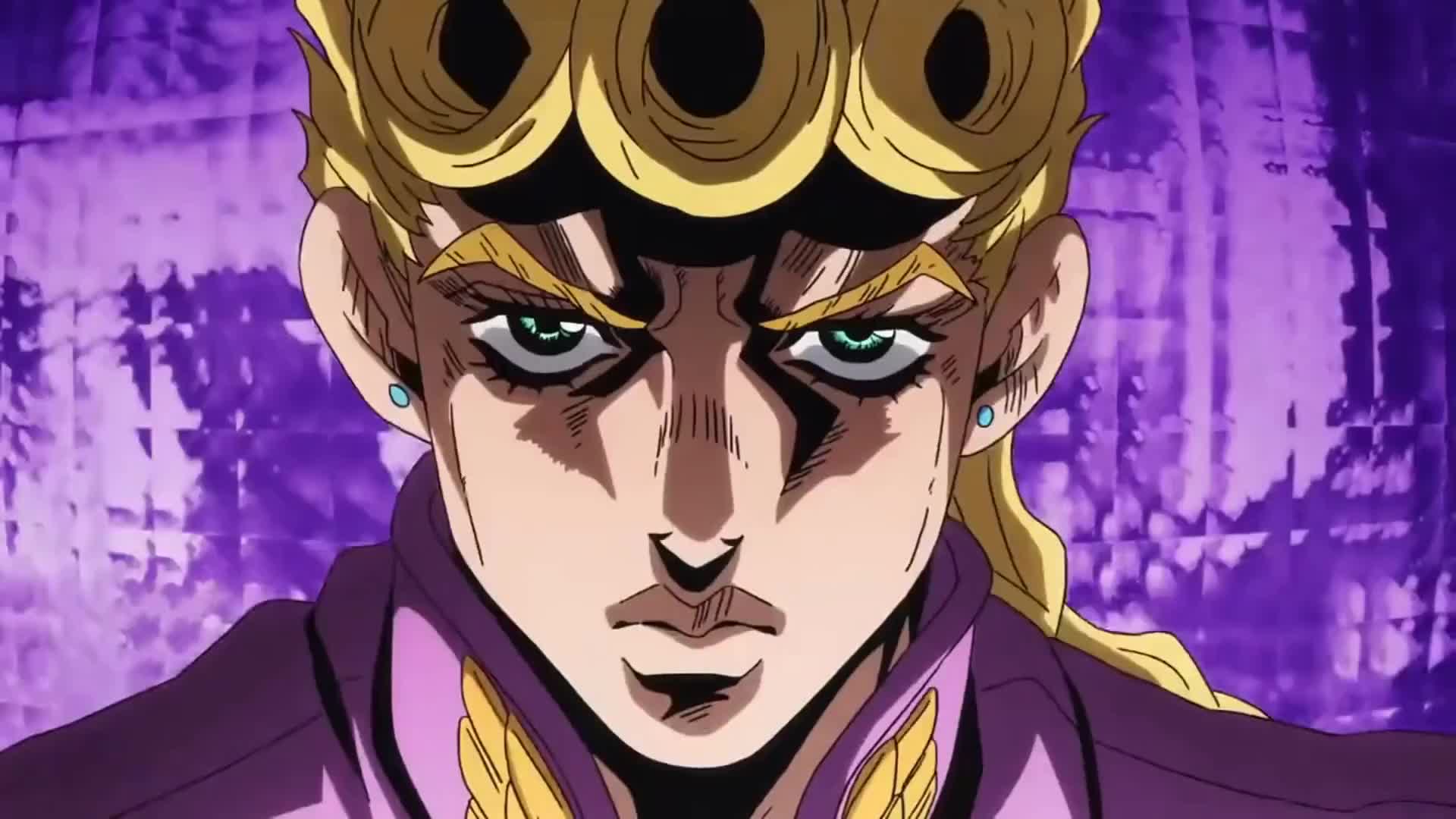
As we head into a stacked Summer lineup of exciting action series and character dramas, it’s time to take stock of the shows that just concluded or wrapped up their first cours. Undoubtedly, Attack on Titan Season 3 Part 2 had the largest ripple effect throughout the anime fandom, as we received the answers to many of the series’ lingering questions in a propulsive fashion. We also saw the return of two of the medium’s most cherished creators with Kunihiko Ikuhara and Shinichiro Watanabe directing Sarazanmai and Carole and Tuesday respectively. While JoJo: Part 5 hasn’t quite concluded, I would be remiss to not mention it’s ingenious fight setups and emotional character moments. And finally, Hitoribochi delivered a wholesome slice of life comedy about a girl overcoming her social anxiety. Now, let’s get into the meat of why these five shows are my top picks of the Spring 2019 season.
Sarazanmai
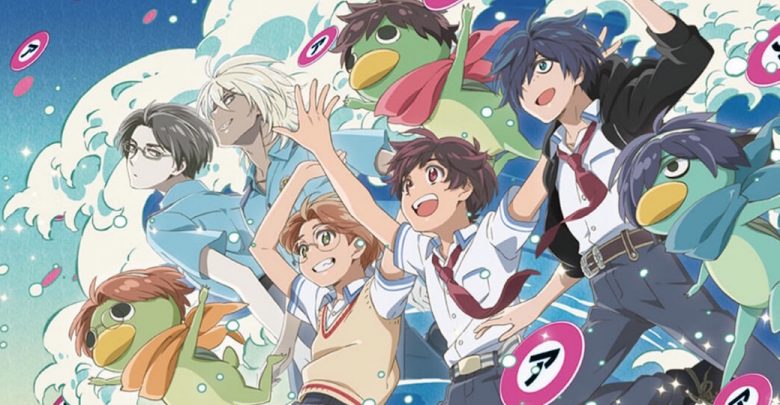
While I would start any diatribe about an Ikuhara show by mentioning how his stories tend to come off as terse symbolism-driven puzzles, his latest creation downplays these qualities significantly. Still, Sarazanmai can quite easily be traced back to the auteur’s affectations, including a penchant for musical numbers, character cross-examination, and a heavy dose of the fantastic. His latest follows three kids as they come to terms with their inner demons by… transforming into frog creatures known as Kappas and then fighting butt monsters. While that may sound strange (and it is), this actually ties into a Japanese myth about the Shirikodama, an orb that exists in your butt which Kappas really want for some reason. However, in this rendition of folklore, the Shirikodama represents our innermost desires made physical. Kazuki, Toi, and Enta team up with the prince of the Kappas to lay malicious sprites to rest by stealing their Shirokadamas, revealing their greatest secrets in the process.
While initially a confusing blur of proper nouns and unexplained magic, it quickly becomes clear that all of this hullabaloo has a clear dramatic intent. This is a story about our main characters coming to terms with their greatest shames so they can form healthy relationships with others. Far less caustic and impersonal than some of Ikuhara’s other work, we get a coming of age medley that utilizes more than a few animation highlights courtesy of MAPPA. Unfortunately, the middle of this journey feels quite repetitive due to its over-reliance on a villain of the week structure that sidelines a lot of the interesting material regarding our protagonist’s inner struggles. It also doesn’t help that a significant amount of the fight sequences are recycled from episode to episode. But by the end of the journey, the numerous hang-ups of our three leads come together for a memorable finale which blends together notions of identity and self-acceptance amidst coherent wackiness. It may not meet the exceedingly high-bar of other Ikuhara shows like Revolutionary Girl Utena, but Sarazanmai makes for a creative character drama which utilizes its weirdness to deliver an insightful message.
Hitoribochi no Marumaruseikatsu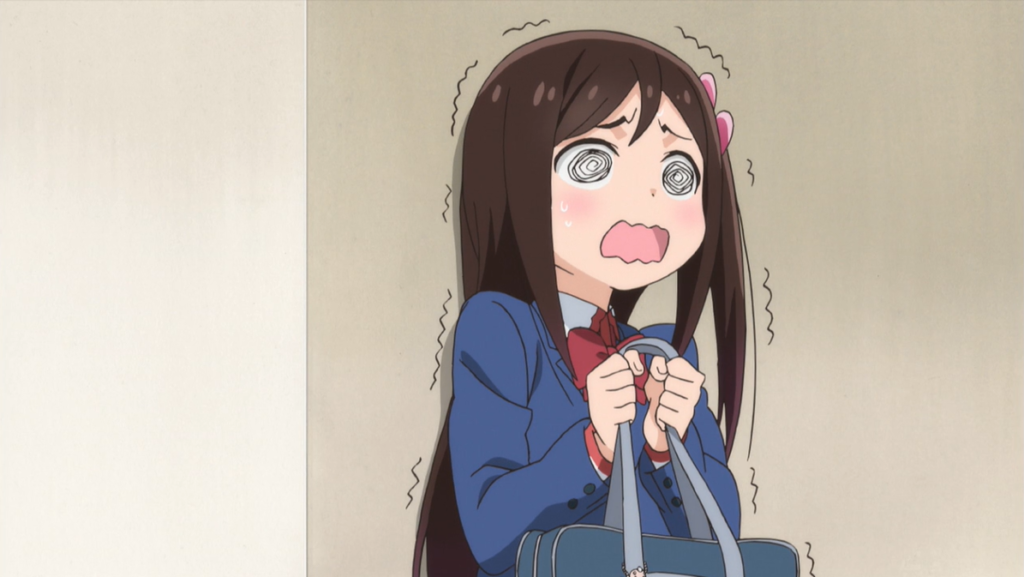
Hitoribochi is an unapologetically wholesome slice of life that presents the trials and tribulations of its lead with wit and empathy. Bochi is a student heading into her first year of middle school, an intimidating prospect that is made worse by her intense social anxiety. In a seemingly misguided attempt to prod her into meeting new people, her best friend vows that she won’t speak to her again until Bochi befriends everyone in her homeroom class. The extremes of Bochi’s difficulty at communicating with her peers come off as both hilarious and genuine, making every newly befriended classmate an intensely emotional affair. And the people she meets also each bring a unique array of comic gimmicks, mixed with genuine emotional development.
As an adaptation of a four-panel manga, the jokes come with marked punctuality, a staccato of Bochi’s absurd reactions to those around her. Still, despite constantly poking fun at our lead’s eccentricities, the humor never feels mean-spirited. For every gag made at her expense, we get a genuine moment of character growth or a heartwarming scene of friendship. While Hitoribochi is perfectly happy with existing within the tried and true confines of the Slice of Life genre, it manages to convey the experience of living through extreme social anxiety with sincerity, humor, and insight. It is a warm hug fluffy hug, that you likely didn’t know you needed.
Attack on Titan Season 3 Part 2
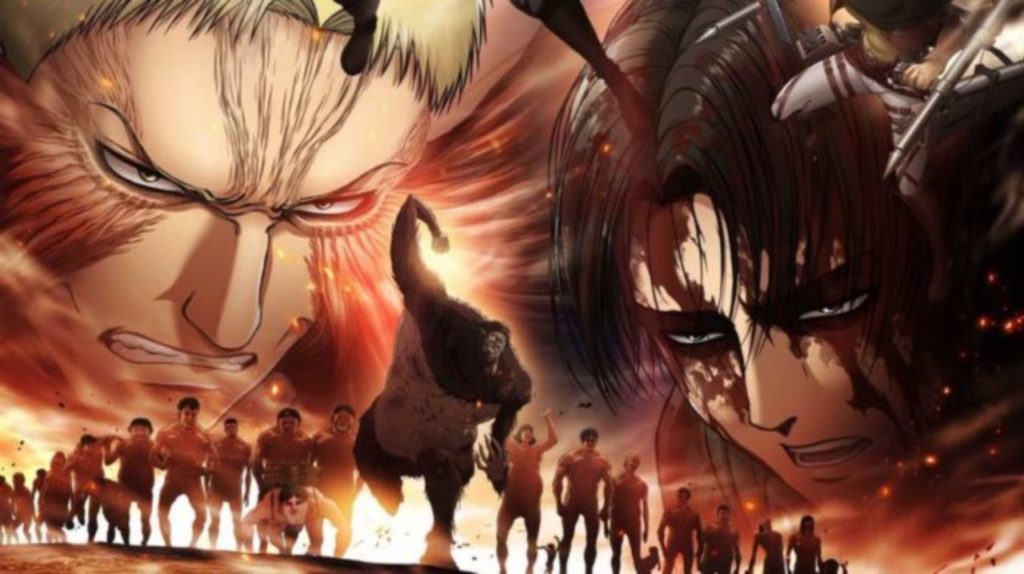
For diehard fans of the series, the latest season of Attack on Titan is the most groundbreaking yet, revealing the nature of many of the show’s fundamental mysteries. These twists are handled deftly, with lengthy flashbacks detailing generations of pain and strife. As the truth snaps into focus, all of the smaller hints along the way come to light. Director Tetsuro Araki has always been excellent at creating moments of passionate fervor, and this run of episodes is rife with last stands, heroic sacrifices, and decisive moments that have been built up to since the beginning of this story. And perhaps most importantly, we finally have enough information to understand what the series is “about” to a certain extent. Up until now, lingering questions surrounding the nature of the world made it difficult to understand the antagonist’s motivations. While the first half of Season 3 circumvented some of these problems by establishing immediate enemies and defining the goals of our protagonists relative to these enemies, we now understand enough about the true antagonists to start drawing some conclusions about what this story is largely trying to say.
There may still be a few questions left, but the reveals seem to point to humanity’s collective tendencies towards persecuting “the other” and our propensity towards carrying out vengeful cyclical violence. Eren’s dreams dissolve in front of his eyes as he realizes the scope of our cruelty. This broad cynicism is quite shattering, and while many will undoubtedly be pulled in by the historical truth of it, some will find the brazen nihilism a little alienating. Still, the execution of this brutal worldview is quite evocative. Each reveal felt like an inevitable conclusion from what came before, opening the door for new moral dilemmas. The struggles leading up to these revelations were animated with a singular zeal, depicting horrific carnage and moments of desperate intensity. It feels as though the excruciatingly slow buildup of these mysteries was at least partially justified by the shocking unveiling of these discoveries. The jury may be out on what the ultimate message of it all is, but maybe our heroes can find some sliver of redemption or hope amidst all of this suffering.
Carole and Tuesday
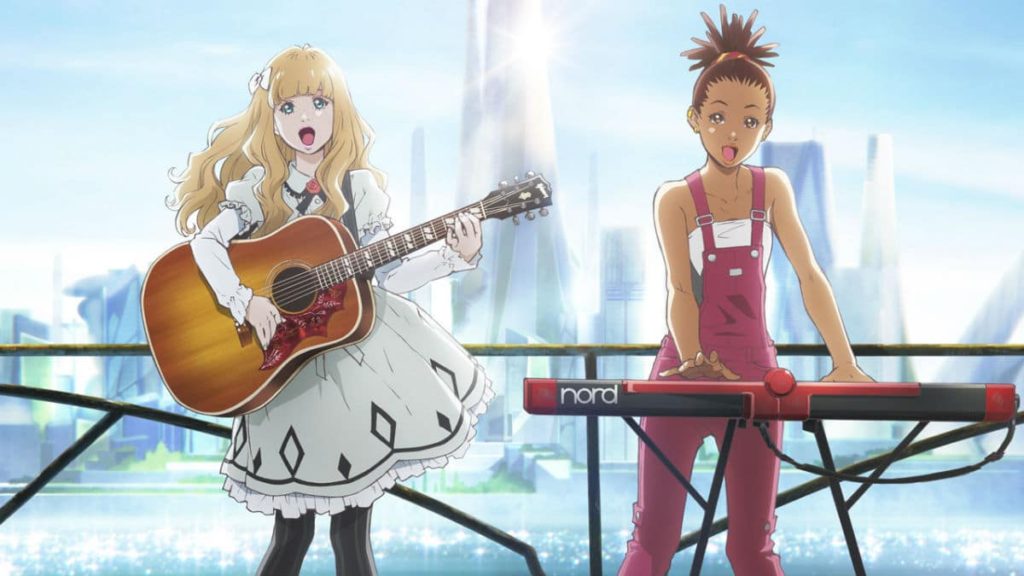
While stories about musicians making it big aren’t terribly hard to find, it’s not every day that one of those stories is helmed by Shinichiro Watanabe. Having frequently shown his appreciation for both music and musicians, Watanabe is a master at honing in on the struggle and transcendent beauty of creating art. Carole and Tuesday tell the story of two girls who aim to make a name for themselves in a futuristic music industry that is dominated by AI-generated hits.
Studio Bones and Watanabe capture the transformative power of Carole and Tuesday’s songs by conveying how their music changes people and helps the two girls grow. It also helps that the song selections themselves are quite good, pulling in work from artists like Thundercat and Flying Lotus. The performances of these up and coming musicians cut through the jaded hearts of this beat-down world, offering a refreshing detour from the unending waves of repetitive pop hits. While its’ most recent arc, which depicted a singing competition, overstayed its welcome and was an awkward bridge to stardom, the constant charming interactions of our cast, great character designs, and catchy soundtrack make it easy to root for these plucky protagonists.
JoJo’s Bizarre Adventure Part 5: The Golden Wind

There’s nothing quite like JoJo’s Bizzare Adventure. Despite its massive influence in the world of manga and anime, it stands alone in its depiction of iconic absurdity. While Golden Wind’s finale has yet to air, it’s safe to say that this portion of the saga successfully delivers the puzzle-oriented battles, wacky characters, and high-flying melodrama that the series is known for. It has the tension-filled buildup of previous arcs like Stardust Crusaders, but with better pacing and more convincing backstories. This time around we follow Giorno Giovanni, a man with a vendetta against the Italian mob Passione. Giorno finds a faction of likeminded gangsters, and the group sets out on a journey to gain the trust of their enigmatic leader so that they can assassinate him.
From there begins a series of intricate duels in which our “heroes” battle a variety of intimidating foes, all the while we come to learn how each of our protagonists entered the life of crime. The battles are as wonderfully convoluted and outrageous as ever, the special Stand abilities of each new antagonist making for a unique challenge that must be solved with the combined toolset of the crew. Although the ambiguous powers of the protagonist can lead to some occasional head-scratching, it feels like at this point in the story Araki has mastered creating imposing villains which can only be defeated through ingenuity. Our characters will hit a wall, and their enemy will seem invincible until they uncover some improbable solution. While many battle shonen fall into the trap of depicting beefy people mercilessly punching each other while screaming about power levels, each fight in Golden Wind hinges on clever problem-solving. Taken in concert with the convincing backstories and eminent likability of the cast, JoJo Part 5: The Golden Wind shows that the series is still as singular and enjoyable as ever.






